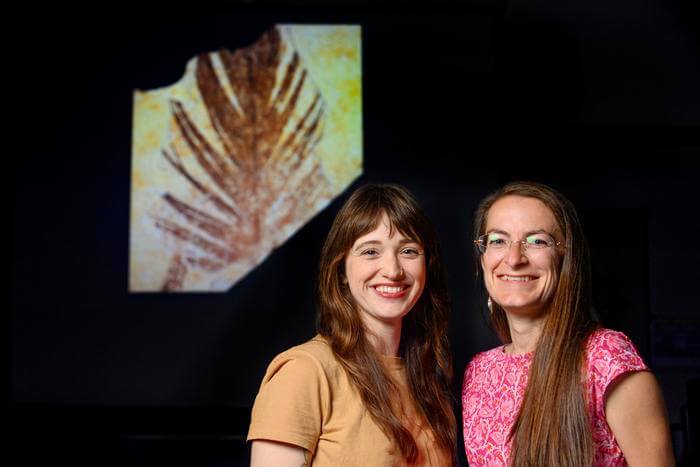Cork, Ireland – Scientists have discovered that modern bird feathers inherited proteins from their dinosaur ancestors about 125 million years ago. This finding indicates that some types of feathered dinosaurs may have used their feathers for gliding.
Although previous research indicated that dinosaur feathers contained more flexible proteins than those of modern birds, it is now believed that most dinosaur feathers contained alpha-keratin proteins, which added flexibility. In contrast, modern bird feathers are rich in beta-keratin proteins, which give them the strength they need to fly.
However, University College Cork (UCC) researchers suggest that previous beliefs may have been skewed by degradation during the fossilization process. This would mean that these proteins have persisted for 125 million years, and the stiffness of dinosaur feathers would have helped them glide.
The study also involved scientists at the Stanford Synchrotron Radiation Light Source (SSRL) at the Department of Energy’s SLAC National Accelerator Laboratory.

„It’s exciting to find new similarities between dinosaurs and birds. Using X-rays and infrared light, we found that the feathers of the dinosaur Sinornithosaurus contained a lot of beta-proteins, just like the feathers of birds today,” said UCC paleontologist Dr. Tiffany Slater says. Media release. „Previous experiments on dinosaur feathers found mostly alpha-proteins. Our experiments now explain this different chemistry as a result of protein degradation during the fossilization process.
The team examined the dinosaur’s 125-million-year-old wings SinornithosaurusGliding rather than flying, and early bird species Confucius. They also examined 50-million-year-old feathers from America. Using SSRL’s powerful X-rays, these fossils were evaluated for the presence of beta-keratin proteins to determine whether they were preserved in their original state or had metamorphosed over the ages.
Complementary tests reflect the thermal conditions the fossils have endured over the past 125 million years. The results reveal that the fossilization process can create alpha-proteins that would not have been intrinsic to the feather when the organism was alive. Although alpha-proteins are present in some fossil feathers, researchers believe they arose due to the intense heat the fossils were exposed to millions of years ago.

„Traces of ancient biomolecules can clearly survive for millions of years, but you can’t really read the fossil record because even seemingly well-preserved fossil tissues are cooked and crushed during fossilization,” says Professor Maria McNamara, lead author of the study. „We are developing new tools to understand what happens during fossilization and to unlock the chemical secrets of fossils. This will give us exciting new insights into the evolution of important tissues and their biomolecules.”
The study is published in the journal Natural Ecology & Evolution.
Southwest News Service writer Paul Allingham contributed to this report.


„Oddany rozwiązywacz problemów. Przyjazny hipsterom praktykant bekonu. Miłośnik kawy. Nieuleczalny introwertyk. Student.
